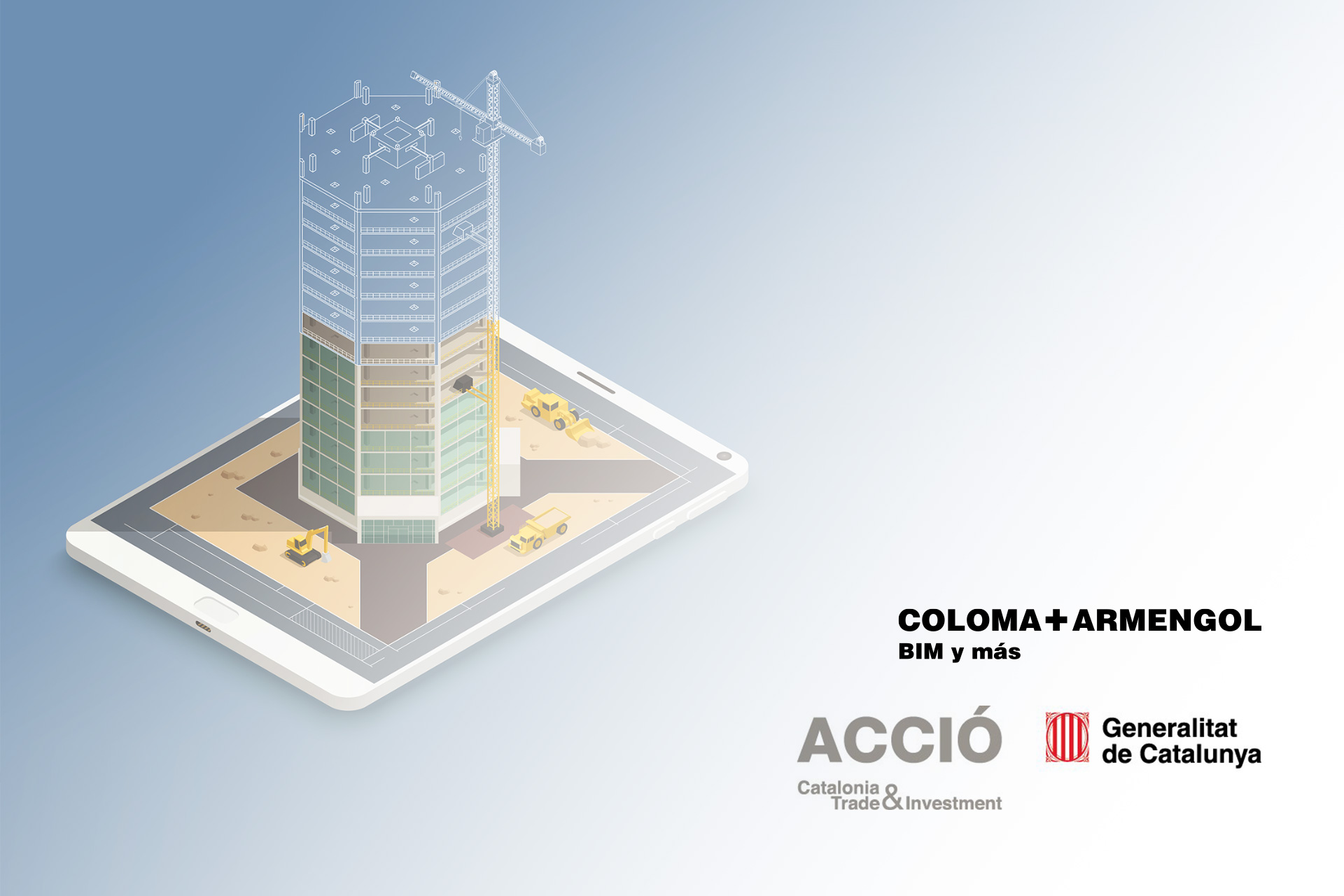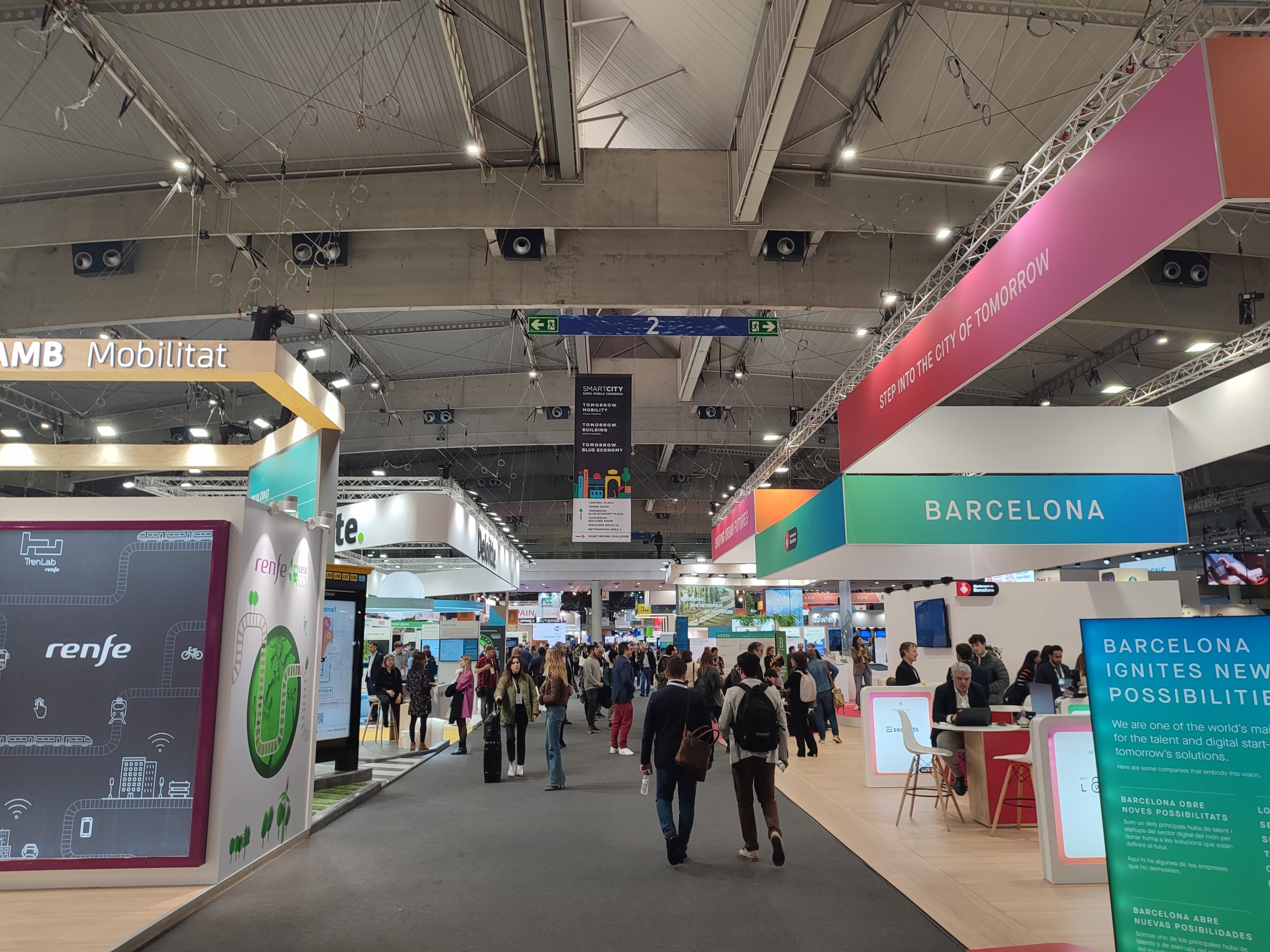News
Transformative Technology: Exploring the Potential of the Digital Twin

Currently, there is limited experience in the use of digital twins in the construction sector, as the use of this technology is still in its early stages. This technology is closely linked to Building Information Modeling (BIM). Developing assets using BIM methodology allows for the creation of a digital twin to conduct simulations, innovate in conditioning systems, reduce environmental impact, decrease energy consumption, and more. This is done based on the information collected from the physical asset and stored in the digital twin.
The BIM model of an asset serves as a good foundation for creating a digital twin, but it needs to include additional functionalities such as simulation tools, monitoring, and decision support. This is where the shortcomings are observed: there are BIM model viewers for building representation and its characteristics, building monitoring and control systems, maintenance applications, and simulation tools. However, each of these functions independently from the others.
At C+A, with the support of ACCIÓ from the Government of Catalonia, we have been working on a project since the beginning of the year, which will conclude in September 2023 and is still under development. The project is based on three key factors: a physical asset, a digital asset, and real-time data from the object of study.
The project aims to carry out a proof of concept of a digital twin that demonstrates the potential of connecting the BIM model of an asset with real-time collected data. This information is obtained through sensors installed in the asset, which monitor systems such as air conditioning, ventilation, lighting, access control and security, or energy meters, among others.
In this project, artificial intelligence (AI) also plays a fundamental role, enabling the implementation of functionality for asset management and operation. This improves the operation and maintenance of the asset by predicting the theoretical behavior of the building.
Through this study, we can validate the feasibility of this process and provide added value through the work done with digital twins. In a preliminary analysis, applications such as improving HVAC management, employing digital twins, and studying routes and uses that affect the asset have been identified.
Undoubtedly, the biggest challenge of this project is to have technologies that demonstrate the potential of these digital twins in the construction sector. This sector has a significant impact on energy transition and has a lot of potential for improvement in terms of efficiency.
After this project, we aim to achieve two types of results:
Technological feasibility: The feasibility of building a digital twin using the BIM model of an asset and existing data from the systems operating within the asset, as well as other external data like weather conditions, will be analyzed. The analysis will examine how these two domains can be interconnected and will serve to develop a guide that identifies gaps, collects best practices, and facilitates the replication of the process in other assets.
Validation of results: An advanced operation and maintenance application will be implemented that works with the BIM model and asset data to demonstrate the potential of the digital twin beyond 3D data visualization. A use case will be selected based on the asset and the interests of its managers, and the necessary ICT (Information and Communication Technology) will be developed to generate a predictive model based on artificial intelligence.
At C+A, we are thrilled to bring this project to life and advance in a sector that still has much to discover and offer. Once again, we extend our gratitude to ACCIÓ for their subsidized support.
With the support of:


